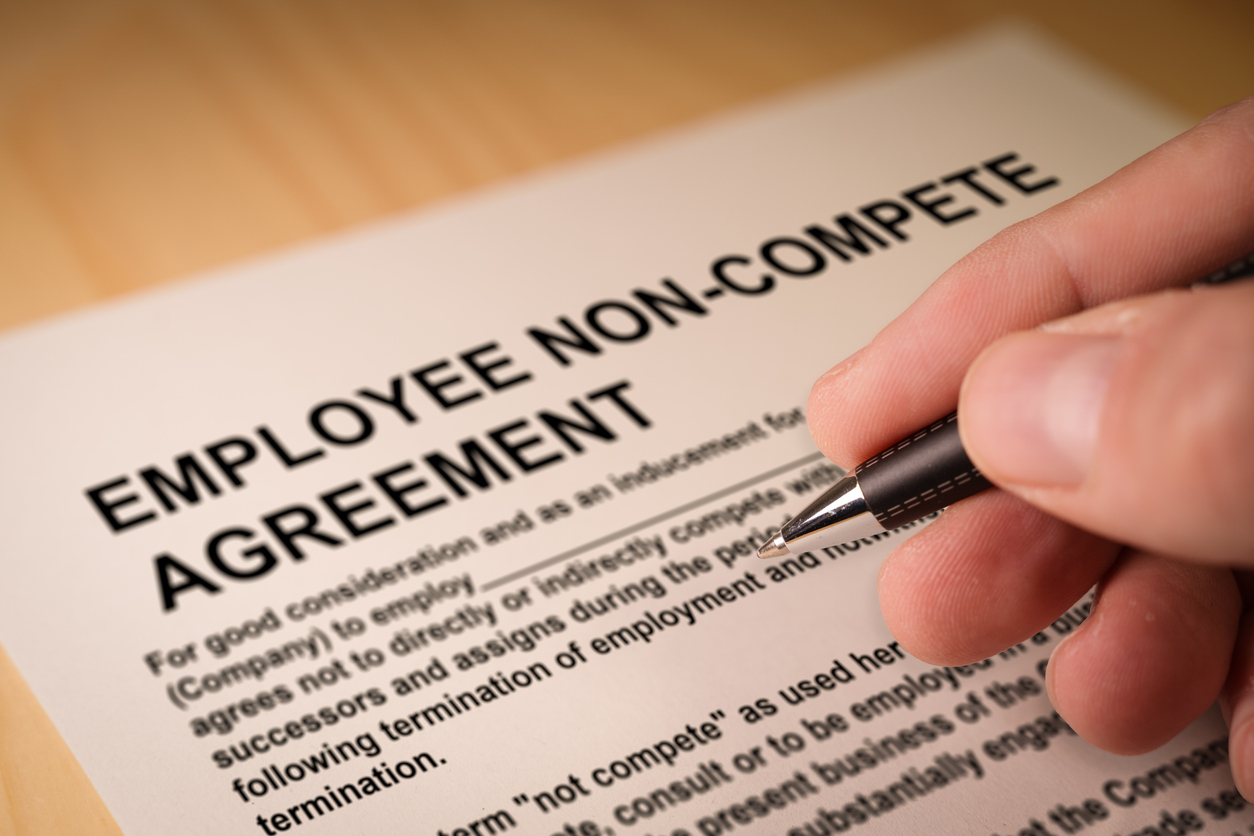Public adjusters hate to appear and be questioned for an examination under oath. Whether they can be compelled to, should, and the legal consequences for doing so (or not) are of considerable debate.
Following my discussion regarding examinations under oath last week, Dealing with Questions that Seem Irrelevant in an Examination Under Oath, this seems to be a ripe property insurance coverage topic.
At the Massachusetts Association of Public Insurance Adjusters and National Association of Public Insurance Adjusters Fall Educational seminar last year, I started a heated floor debate regarding the topic of public adjusters appearing for examinations under oath. Participants offered the following options when an insurer demanded that a public adjuster appear for an examination under oath and the policy did not clearly mandate it:
1. An insured should write and demand for the public adjuster to do so.
2. File a Declaratory lawsuit determining what to do.
3. Appear for the examination.
4. Appear on a case by case basis.
5. "Hell, no! We won’t go!"
I try to work it out on a case by case basis. My client is the policyholder–not the public adjuster. If it is at this stage of a proceeding, my client, the public adjuster, and I all want the same thing–getting paid what is due under the policy as quickly as possible. I try to remind everybody on my side of this concern while they are pounding on tables in frustration and getting upset at the insurance company because it could generally find out the same information by meeting, talking in person or a phone call.
The frustration is understandable. From the policyholder’s perspective, many examinations under oath are taken months following the loss and are scheduled by the insurer’s attorneys unilaterally and without a good faith attempt to coordinate time and documents requested. Once a request is made to change the time, the insurer’s attorney often gives alternative times, months away, despite delay which should be avoided as a part of the insurer’s good faith obligations to the customer. Some insurance companies select defense attorneys who are argumentative and treat policyholders without respect. If the insurer applied the Golden Rule, they know they would fail miserably.
Given this scenario, my mission is to move the matter along while protecting my client and preserving claims for extracontractual damages caused by delay, lack of insurer good faith during the examination and document review process, and poor initial insurer adjustment. I have filed lawsuits when the examinations take too long, lead to a game of 101 questions, and where people the insurer demands to be examined are not required to be examined under the policy. Still, most clients would rather get to the purpose of the claim–getting paid and moving on with business and life. Most public adjusters have the same interest as well.
Sometimes, the public adjuster is a far better witness than my client. The public adjuster may appear more truthful, professional, provide quicker and better answers, explain the loss, the values, why the money is owed, and simply provide a better appearance of truthful, honest knowledgeable information than the policyholder. Often, this is all the insurance company needs in the first place and there are times when I pose no objection to the public adjuster appearing for the policyholder in an examination under oath. The problem is talking the policyholder or public adjuster into it because either may want to legally object. Again, I am focused on getting my client paid as soon as possible. If that practical concern is best served by not objecting to the possible illegal request by the insurer, I may not object and even strongly encourage the public adjuster to appear for the examination under oath.
Many times, I suggest that the insurer cannot legally take an examination under oath, but will suggest that the public adjuster meet with the insurance company’s attorney, answer questions and even give a sworn statement, so that information can be exchanged in a framework that is quicker and will likely get the claim adjusted and paid. This practical alternative seems to avoid the legal questions surrounding an examination under oath and possible declaratory lawsuits regarding the process.
I treat the request for a public adjuster’s examination under oath on a case by case basis. Whether a public adjuster’s testimony is binding on a policyholder is questionable. Accordingly, it is always important to note that the claim is the policyholder’s claim and not that of a person hired to assist in determining the amount owed under the policy. However, the public adjuster is usually an independent contractor who does not make binding contracts, agreements, or is authorized to give legally binding testimony. Most state licensing authorities do not allow public adjusters to do so.
Are there other significantly different views than mine? Absolutely. Some policyholder attorneys file suit right away. Even in my law firm, there are differences of opinion as to the proper methodology in a given case–but I emphasize to the other attorneys that most policyholders want money sooner rather than later and without lawsuits. Still, some clients are best served by such lawsuits and even I have departed from my general course and filed a lawsuit when it served my client’s best interests.
This debate is highlighted by a recent article in the American Bar Association’s Tort and Insurance Practice Section’s publication, The Brief. The article, “The Power To Compel Submission Of "Others": Are Public Adjusters Subject to Examination under Oath Provisions?” written by insurance defense attorney, Keala C. Ede, suggests that public adjusters may be compelled to appear for examinations under oath. Her conclusion was stated early in the article:
"Notwithstanding the opinions expressed by Goodman and Hammond, the following survey of relevant jurisprudence indicates no prevailing view as to the applicability of EUOs to public adjusters, although cases suggest that such examinations can and should apply in the right factual circumstances."
She explains and argues for this in her final conclusion:
"Applying all of the foregoing cases, an EUO provision applying to "others" in addition to the insured, in conjunction with a factual showing that a public adjuster is within the insured’s control, would likely apply to that public adjuster. It is nevertheless arguable that, given the detailed and inextricable role that public adjusters play in adjusting losses for insureds, public adjusters should be subject to an EUO if policy language includes "others," even without a factual showing that a public adjuster is subject to the insured’s control.
Cases such as Gipps, where the public adjuster prepared and submitted two exhibits and was held subject to examination thereon, and Jacobs, in which the insured had so relied upon its public adjuster that it was unable to answer questions about the accuracy of the estimate prepared by the public adjuster, support the argument that public adjusters that "handle every detail of the claim" and "inspect[] the loss site immediately, analyze[] the damages, assemble[]claim support data, review[] the insured’s coverage, determine [] current replacement costs and exclusively serve[] the [insured]" should be subject to an EUO without requiring any showing by the insurer that such an adjuster is within the insured’s control. Indeed, in rebutting Goodman’s argument, Hammond referred to the unpublished opinion of Active Fire Sprinkler Corp. v. American Home Assurance Co., which Hammond characterized as holding that the misrepresentations of a public adjuster are attributable to the insured. Like Gipps and Jacobs, Hammond’s characterization of Active Fire Sprinkler Corp. would suggest that a public adjuster retained by an insured is by its very nature under the insured’s control.
Based on the conflicting views of cases such as Gipps, Payne, and Florida Gaming Corp., however, if either the policy does not extend to "others" or the facts do not indicate that the insured has the power to compel submission of its public adjuster to examination, there can be no clear prediction of whether such an EUO provision would necessarily apply to a public adjuster."
So the debate continues without a clear answer. I am certain all insurers will say they can compel public adjusters to examinations under oath and use them, as they do policyholder examinations, argue defenses such as material misrepresentation possibly voiding the policy. Policyholders should fight this position.
I will look at each situation and policy on a case by case basis. I will try to do my best to help my client to cooperate with the insurer and get the claim paid as soon as possible while protecting my client and preserving my client’s rights.
Significantly, it should be noted that "cooperation" is not defined as the slavish obedience to the demands of the insurance company. It is a joint process where both the insured and insurer act in good faith and for common purpose–getting full policy benefits owed to the policyholder as soon as possible.
Sometimes, insurance company attorneys and their client adjusters fail to remember that the policyholder is as much the customer after the loss as when the insurer sold the policy before the loss.



